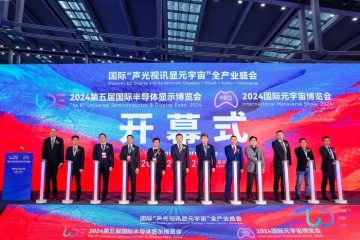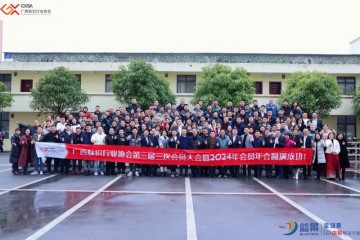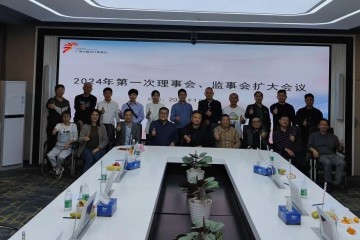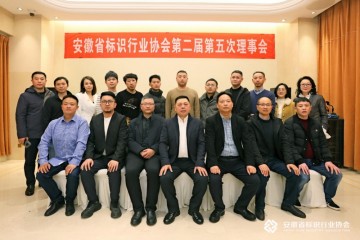I’ve often heard the lamentation that August lacks any holidays. Eager to find something to celebrate this month (aside from parents of school-age children who rejoice that their offspring have headed back to class), I conducted a Wikipedia search to find out what celebrations occur during this oppressively hot month.
My search yielded a fortuitous result for sign professionals and aficionados. Two years ago, the U.S. Bowling Congress declared August 26 National Bowling Day, with the subsequent week to be observed as National Bowling Week. Bowling reached its heyday in the late 1950s, when alleys mushroomed nationwide. Bowling became part of the social fabric of middle- and working-class Americans, and competitive leagues became fixtures on many calendars. Moreover, the signage – much of it was fabricated in the Googie style of that period, which emphasized futuristic icons and playful typestyles – reflected that period’s optimism and imparted a distinct style that made bowling alleys signature destinations.
However, many bowling alleys, and the vintage signs that adorn them, have met the wrecking ball, or soon will. As Americans have become enamored of more fast-paced activities, bowling’s somewhat laconic pace has become passé, which has negatively impacted alley revenues. Also, as retail and housing developments loom as more profitable real estate, alley owners have reluctantly sold their properties. And, of course, times of economic uncertainty and high fuel costs inevitably strike recreational activities first.
With this in mind, it’s important to savor signature bowling-alley signage while it’s still standing. While the efforts of American Sign Museum President Tod Swormstedt to preserve old signs are commendable, it’s always best to appreciate them in their original environs.
This sign, which identifies Huntington Park, CA’s Gage Bowl, implements an Asian letterstyles, a hallmark of Googie architecture, whose popularity coincided with the mushrooming of bowling alleys during the 1950s. Sadly, many landmarks alleys have met the wrecking ball or are struggling to survive trying economic times.
No Googie here; when the Hoinke family founded Cincinnati’s Western Bowl in 1957, they lassoed a classic, frontier-style typeface and gargantuan, neon-adorned pin to tout their alley. After having opened with 32 lanes, they eventually expanded the Western Bowl to 68 lanes, which current proprietor Tracy Hoinke said is the largest bowling center in the country without an internal support column. The Hoinke family has also conducted the Hoinke Classic tournament since 1942, which makes it the oldest independent bowling tournament nationwide. Tracy continued, “Pete Rose used to be a fixture in our former Mustang Lounge, and plenty of Bengals and Reds have spent time here. The other day, [rapper] Soulja Boy and his crew bowled a few games.” Sadly, this behemoth sign may soon see its last roundup; a developer has bought an option to potentially purchase the seven-acre property to tear it down and build a retail complex.
Anaheim, CA’s Linbrook Bowl celebrates its golden anniversary this year. General Manager John Haveles, a member of the Orange County Bowling Hall of Fame and a former Heath Sign Co. employee, enjoys the best of both worlds at Linbrook. The multi-colored, formed-plastic faces that identify the alley by day yield to striking neon once the sun goes down.
Jack Taylor opened American Fork, UT’s Jack and Jill Bowling Lanes in a converted farm-implement warehouse in 1957 with 10 lanes. Growth mandated a move into a larger, 32-lane facility in 1984. However, a zoning variance was required to move the sign to its new location, so this building sign waited in limbo for nine months. However, Taylor persevered; he said, “This sign is such an important part of our identity; it wouldn’t be the same place without it.” Happily, Jack and Jill remains a family affair; Jack’s son, Bryce, has assumed many of the shop’s management duties.
Built in 1959, the font on Parma, OH’s Yorktown Lanes fairly screams, “Let’s bowl a few frames, cruise a while and stop for a malt.” Proprietor Mike Lawson and his son, Jeremy, have made sure the exposed-neon sign remains a work of art.
Founded in 2003, Lucky Strike lanes opened its first location at the Hollywood and Highland intersection in Los Angeles. Its signage and environmental graphics paid homage to the legendary Hollywood Star lanes, which were demolished that same year. Today, the company operates 13 upscale bowling centers nationwide that implement the same Googie elements and supersized signage.




















